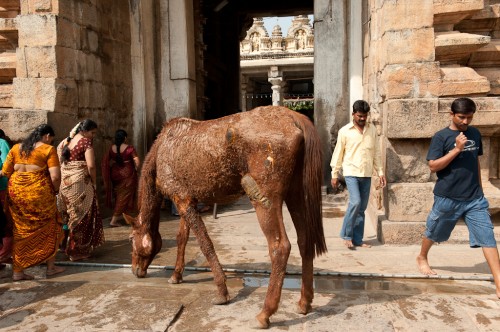This temple is dedicated to the Hindu god Ranganatha, a manifestation of Vishnu. The presiding deity is a statue of Ranganatha reclining on a huge multiple-hooded serpent, Sesha. This very important Vaishnavite shrine was built by the Gangas in 894 AD. To see the statue, you’ll have to go inside. I was too distracted by […]
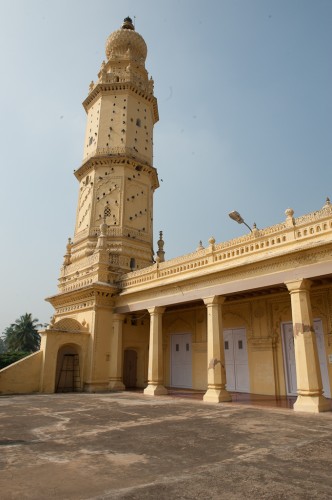
Jamia Masjid
This mosque was built by Tipu Sultan in 1787 AD and is a mix of Hindu and Islamic architecture. It’s in pretty sad shape now, but you can imagine the grandeur of centuries past. The main features are the two majestic minarets adorned with floral cornices and parapets. Climb a staircase to the top for […]
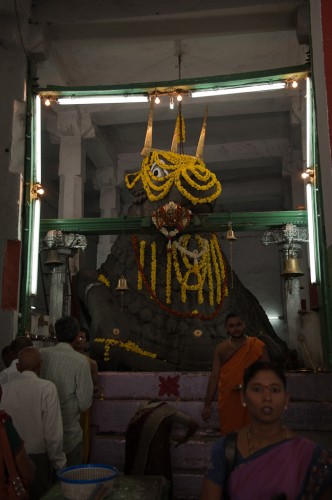
Bull Temple
Bull Temple indeed! This efficient temple contains a huge granite monolith of Nandi and was built by Kempegowda in the 16th-century in Dravidian style, which is unique to South India. Main features of the Dravidian architectural style are koils, or pyramid-shaped temples, and intricate carved stone showing deities, warrior, kings and dancers in a step […]
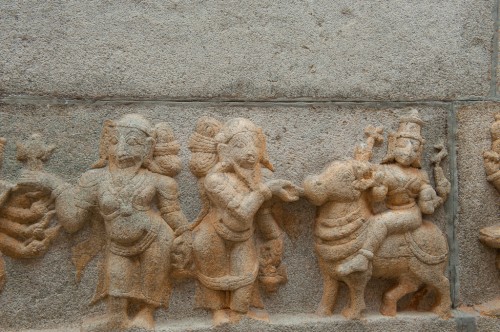
Venkataramana Swamy Temple, Bangalore
Fire! Music! Chanting! I’m not sure what was going on here, but it was pretty extravagant. This temple is dedicated to Lord Venkateshwara, a form of the god Vishnu. Mysore ruler Chikka Devaraya Wodiyar constructed this in the 16th century in the Dravidian style, which is unique to South India. Main features of the Dravidian […]
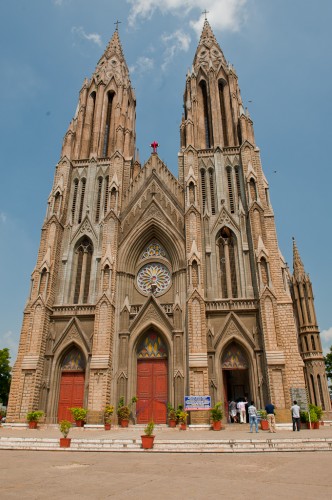
St. Philomena Cathedral, Mysore
I didn’t notice the dearth of cathedrals in India until I saw this. Oddly, seeing this colorful church was like encountering an old friend. I’m not religious at all, but cathedrals are ubiquitous in Europe and often serve as the showy centerpiece of towns. St. Philomena was constructed between 1933-41 in a neo-Gothic style. This […]
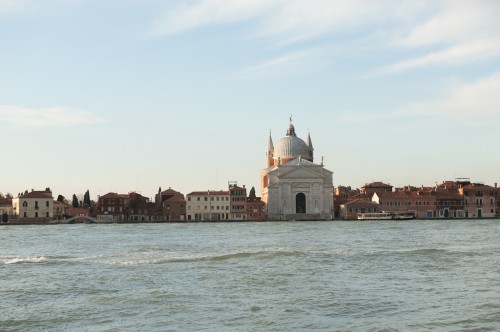
Chiesa del Santissimo Redentore
This 16th-century Roman Catholic church was built to thank God for the deliverance of the city from a major outbreak of the plague. It was designed by Andrea Palladio and is a single nave church with three chapels on either side. The façade was inspired by the Parthenon and the 15 steps were in reference […]
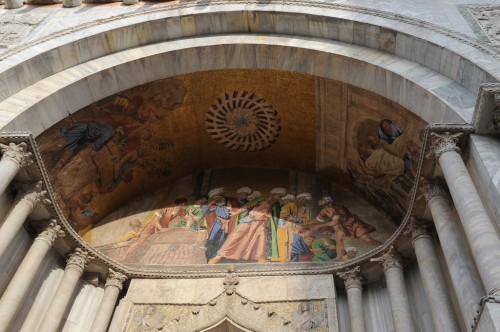
Basilica di San Marco
Wow. So this is what everyone comes to see. This is the centerpiece of Piazza San Marco and for good reason. From the glittery mosaics adorning the exterior to the marble floors and 11th- to 15th-century mosaic domes with millions of gilt-glass tiles, this is a show-stopper. Construction began in 828 when Venetian merchants smuggled […]
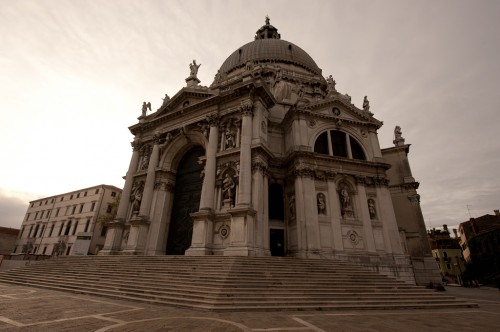
Chiesa di Santa Maria della Salute
This beautiful baroque church is Venice’s gift to the Sainted Mary of Health for sparing the city further devastation after a 1630-31 plague wiped out a third of the city’s population in 18 months. Reportedly, over 100,000 pylons were driven into the mud banks that form Venice’s foundation to support the structure’s immense weight. The […]
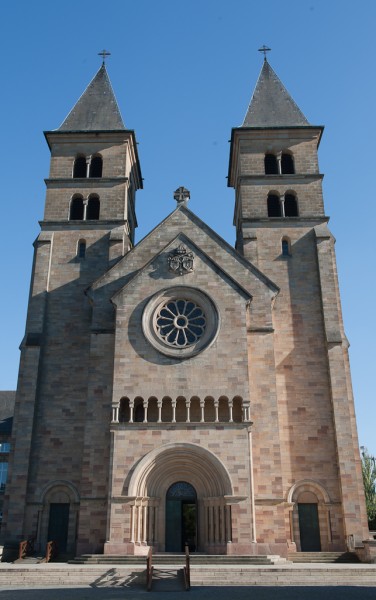
Basilique Saint-Willibrord
Echternach is dominated by Basilique Saint-Willibrord. Saint Willibrord was a Northumbrian monk who arrived in town in 698 A.D. Immediately after receiving this land from Irmina, daughter of Dagobert II, King of the Franks, he began construction. A Benedictine abbey developed around the basilica and a town around that. If you’re seeking an ancient basilica, […]
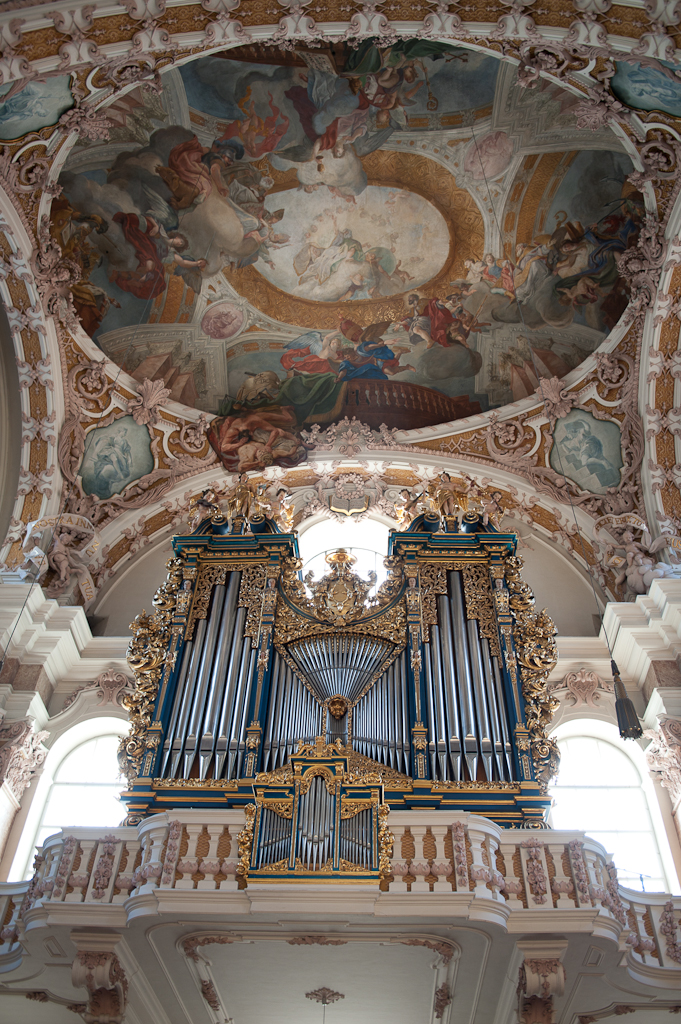
Domkirche zu St. Jakob (Cathedral of St. James), Innsbruck, Austria
This 18th century baroque cathedral has name-dropping pedigree, as it was designed by starchitect Johann Jakob Herkommer and Munich’s Asam brothers. The current structure with two bell towers was built between 1717-24 on the site of a prior Gothic church. Look up at the fresco showing the life of Jakob, the holy patron of the […]
